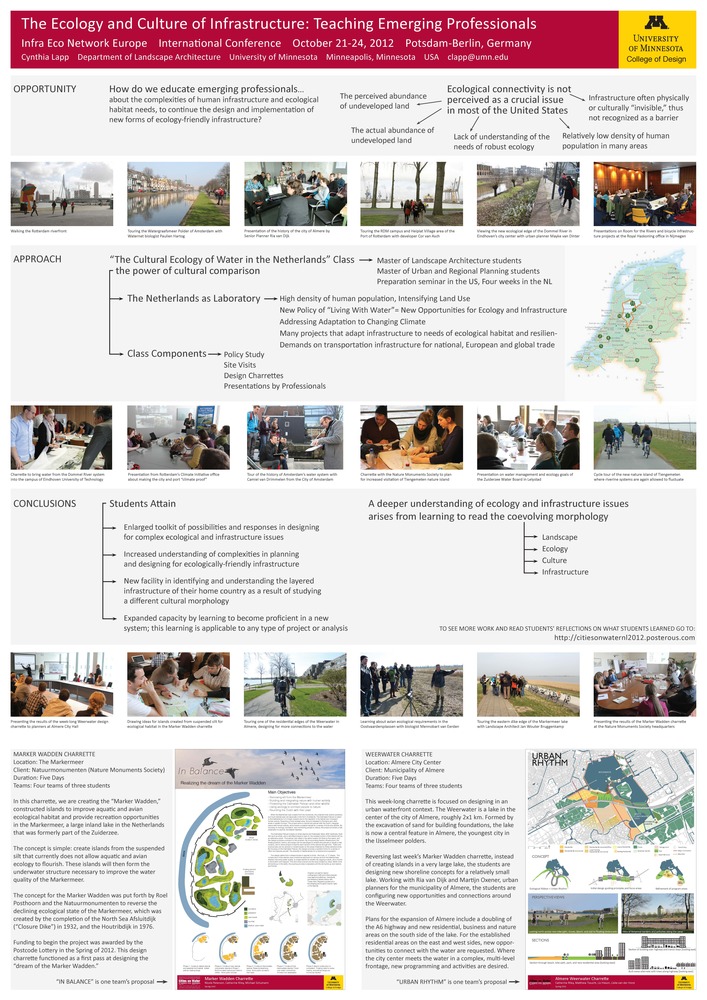This week we reconnected with the Duluth Graduate Design Studio, checking in to see what questions and sites the students are tackling in their final phase of the semester. The course is a combination of graduate Architect and Landscape Architect students looking at opportunities and issues that Duluth is facing now and in the next 20-50 years.
There are 17 project teams. Each team presented their preliminary thinking, choice of site/s and reason for why they are focusing on their chosen issue. Many groups cited the ideas and goals stated in presentations of Mayor Ness and other city and Port officials, making good use of the information they gathered during their survey visit in September.
Projects ranged from stormwater mitigation solutions to environmental and entrepreneurial research to trail systems in the Iron Range.
Bob Bruce came down from Duluth to give feedback to the students, and connect them with folks in Duluth with expertise on the topics and sites they are exploring in their designs. Bob is an architect who has been active in Duluth and the region for 30+ years, with experience ranging from the executive director of the Sigurd Olson Environmental Institute at Northland College to head of planning for the City of Duluth.
Bob was excited about the opportunity to see new ideas and hear how the students were thinking about Duluth's future.
"Dealing with emergencies and the day to day is essential, but it's not the only thing. You need to take time to position for the future, and think about what you want it to be," Bob explained. "There has to be some time to dream."
The students will be presenting their design concepts at a public event at Clyde Iron Works on Wednesday, December 12 from Noon - 2:00 pm. Come on by to see and hear what the students are dreaming for Duluth.





































